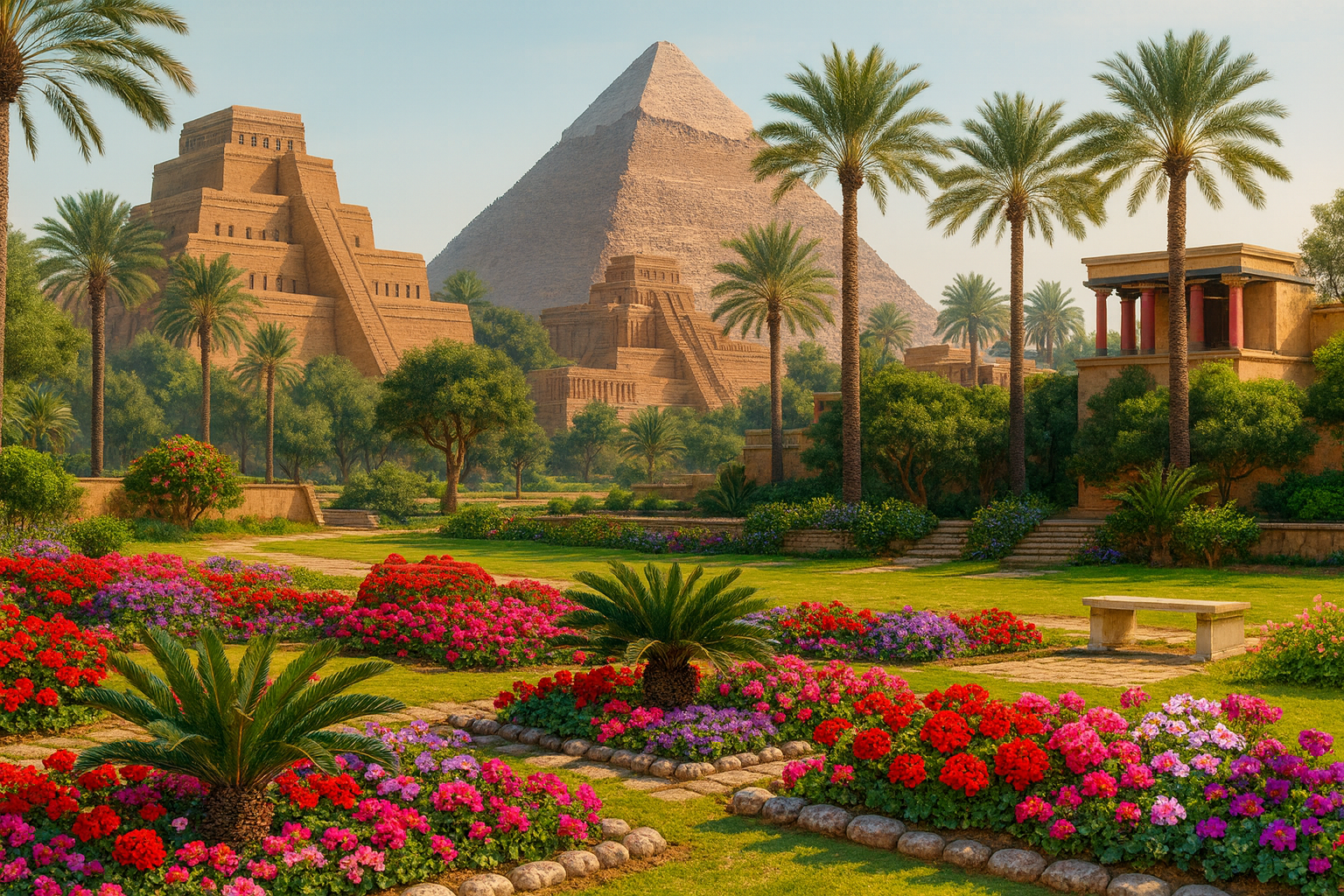The Eleusinian Mysteries rank among the most profound and enigmatic religious rites of the ancient world. Centered in the town of Eleusis, near Athens, these annual ceremonies promised initiates not only bountiful harvests but also the hope of a blessed afterlife. At the heart of these mysteries stood two powerful goddesses: Demeter, the nurturing goddess of agriculture and fertility, and her daughter Kore (better known as Persephone), the queen of the underworld.
A Timeless Testament in Marble
One of the most striking artifacts linked to these rites is a marble votive relief dated circa 470–450 BCE, now preserved in the Eleusis Archaeological Museum. This exquisite sculpture depicts Demeter seated on a rock, crowned with a polos — a high cylindrical headdress symbolizing her divine status. Standing before her is Kore, clutching a key, a potent symbol that likely represents access to a sacred temple or even the underworld itself.
Far more than an artistic masterpiece, this relief serves as a visual summary of the Eleusinian faith—a faith rooted in themes of death, rebirth, and the reunion between mother and daughter that encapsulates the promise of renewal.
What Were the Eleusinian Mysteries?
The Eleusinian Mysteries were secretive spiritual initiations, accessible only to those who completed a rigorous process of ritual purification. Participants engaged in fasting, ceremonial sea-bathing, and culminated in a dramatic, sacred event held within the Telesterion—a grand hall dedicated to the initiation rites.
What transpired inside the Telesterion remains one of antiquity’s greatest mysteries, guarded under threat of death for those who dared reveal its secrets. Scholars generally agree that the ceremony symbolized the cyclical nature of life, death, and rebirth—an eternal cycle that gave initiates a deeply personal hope of a better fate beyond death.
Demeter and Kore: Embodiments of Life’s Cycles
In the relief, Demeter personifies the earth’s fertility and the sustaining power of agriculture. Kore, her daughter, embodies a profound duality—the innocence and renewal of spring contrasted with the inevitability of death and the underworld.
According to myth, Kore was abducted by Hades, plunging Demeter into grief and causing the earth itself to wither and die. Her daughter’s eventual return restored fertility to the land, mirroring the changing seasons and forming the mythic foundation of the Mysteries.
The key in Kore’s hand transcends mere symbolism of temple access. It represents her vital role as a mediator between the realms of life and death—a guardian of the gates that separate the living from the underworld.








